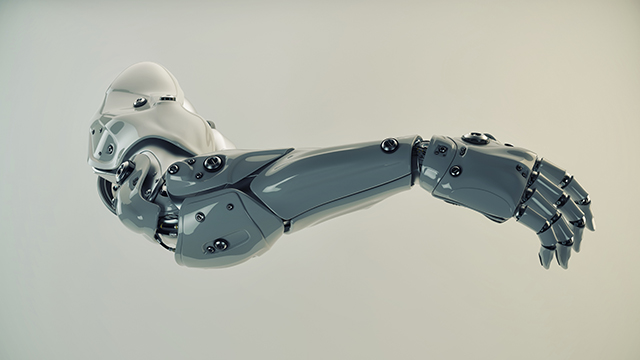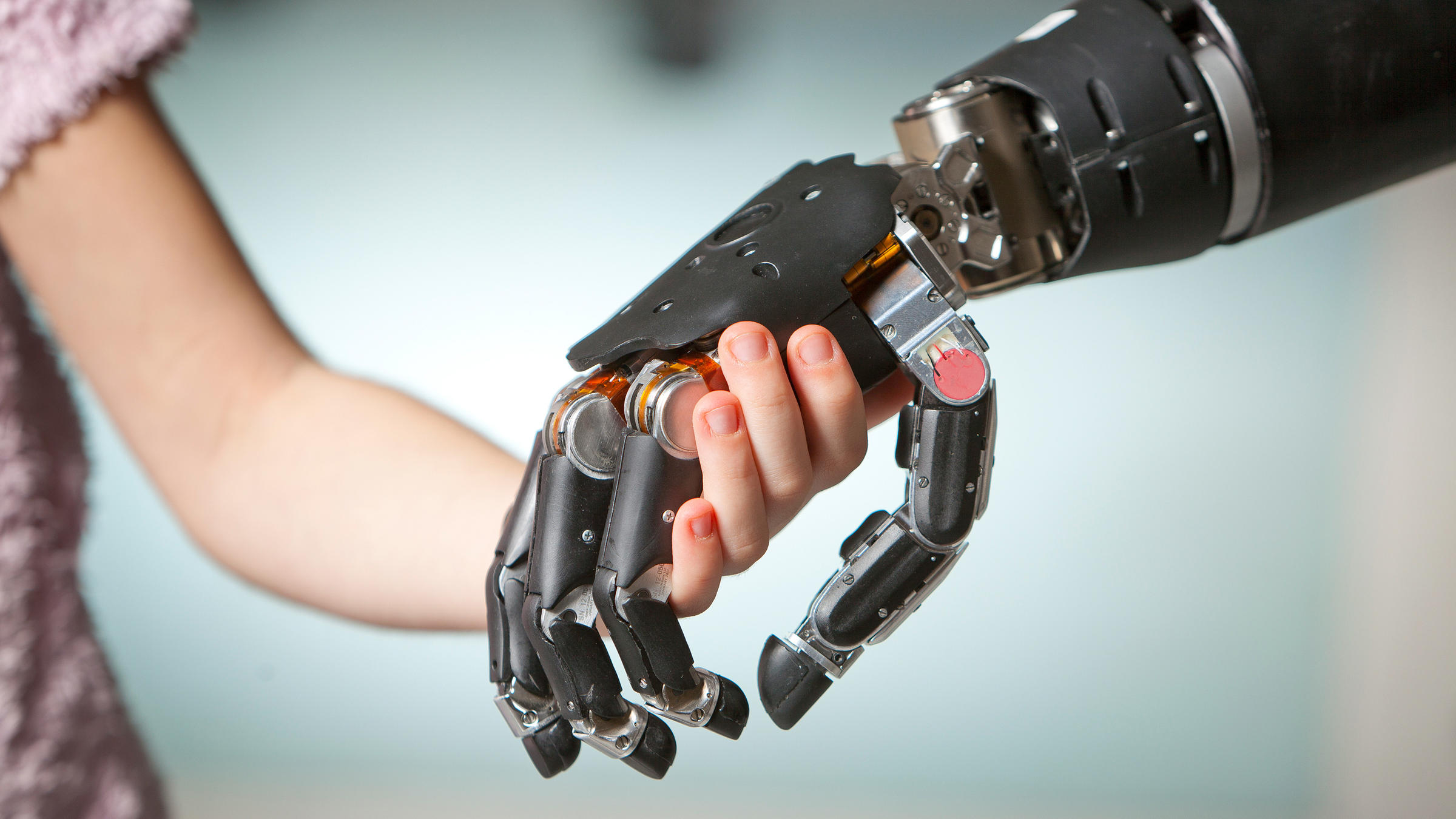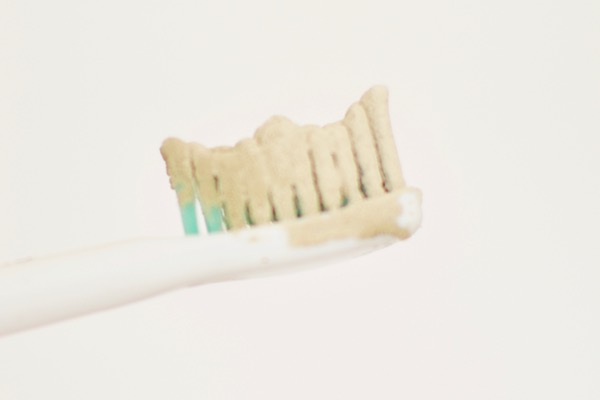Your body may soon run on the sun’s power!
We are a long way from the days of “pirate peg legs” replacing lost limbs. Modern prosthetics can mimic natural movement, allowing amputees to engage in normal activities like walking, running and sports. And while we can’t yet try them like a Tesla solar panel review, we’re eager to see how this technology pans out. Every day, scientists are making new discoveries and creating new inventions to make prosthetics even more advanced and useful.
Here’s a brilliant new one: solar-powered prosthetics. Imagine if your leg or arm could actually move using the energy of the sun!
A team of researchers from the University of Glasgow have created an “electronic skin” that can be used to cover prosthetics. The skin is made from graphene, a transparent substance. The 98% transparency of the graphene allows solar light to pass through the “skin”, where it can be absorbed by the solar cells built into the prosthetics. The fact that graphene is stronger than steel means the “skin” is the thing that will keep the prosthetics safe. The graphene skin will be able to handle a lot of damage, making the prosthetic a whole lot sturdier.
The fact that graphene is 98% transparent means it can protect the internal components of the prosthetic without obstructing sunlight. If solar cells can be built into the prosthetic limb, it could essentially absorb and store sunlight. Add a few motors to move the various parts of the limb, and you have the next generation in prosthetic limbs—limbs that may be able to move under their own power.

READ MORE: Tech Spotting: Your Diet Is About To Take A Huge Hit
The Scottish researchers studied what would happen when they integrated photovoltaic cells into the prosthetic limb. The PV cells used were of poor quality, but they had no problem generating power thanks to the graphene skin.
To date, there are no applications that can store solar energy in a prosthetic limb. Further research is needed to create a system for storing the energy produced by the photovoltaic cells in the graphene skin. The scientists are studying ways to channel the unused energy of the PV cells into a sort of battery, storing it for later use.
But the fact that graphene can be used to make this transparent skin opens a whole new set of doors. Now scientists can look for ways to build motorized prosthetics that DON’T require fancy batteries to run. Once they can harness the power of solar energy, the prosthetics will simply generate energy on their own. They can collect the energy all day long, eventually enough that the prosthetic will be able to run overnight on the energy it has stored in its PV cells.
The goal of this study: energy-independent artificial limbs. Instead of relying on a battery source, the limbs could possibly generate their own energy (using solar power). These solar-powered prosthetics could very well be the next step in prosthetic technology.
Certainly a lot of minds are filling with images of Skynet and the Terminator movies. The more intelligent and capable we make our technology, the closer we come to the day that artificial intelligence supersedes human intelligence. And make no mistake, it is coming! Stephen Hawking has warned of the dangers of AIs, and many experts believe that the day isn’t far off when computers become smarter than humans.
For today, however, it’s enough to know that modern technology can make up for lacks like missing arms and legs. These prosthetics can give people a chance at a new life, and can help them to move around more independently. In the end, that’s what matters most, isn’t it?








